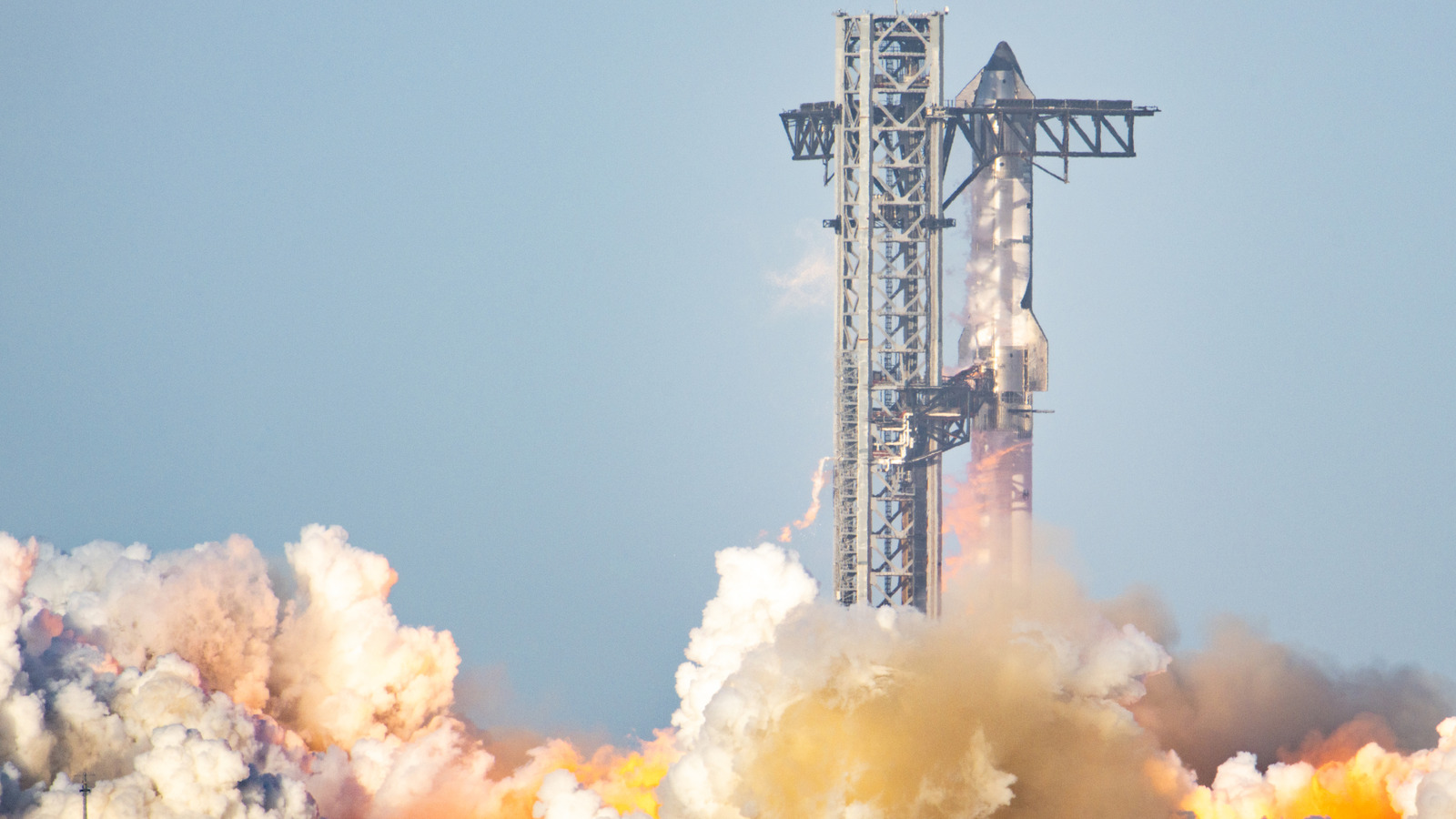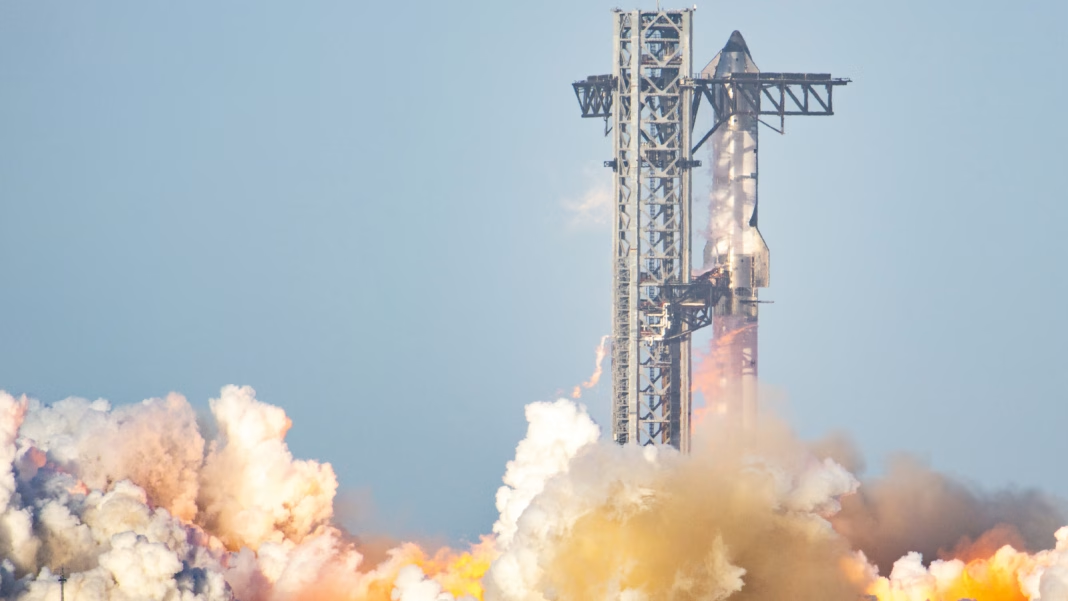Why Do SpaceX’s Starship Rockets Keep Blowing Up?
If you’ve been following the journey of SpaceX and its ambitious Starship program, you might have noticed a series of explosive mishaps during testing. These incidents have sparked a lot of conversation and concern. So, why do these rockets keep blowing up? The answer is a bit more nuanced than you might think.
Testing: The Heart of Innovation
First off, it’s essential to understand that testing is a fundamental part of aerospace development. SpaceX, led by the ever-visionary Elon Musk, is pushing the boundaries of what’s possible in space travel. Each launch, even the ones that end in a fiery explosion, provides invaluable data. SpaceX is not just building rockets; they’re conducting experiments to refine their technology.
Think of it this way: when a new car model is released, it undergoes rigorous testing, often resulting in prototypes that don’t perform as expected. The same principle applies here. Each explosion is a lesson learned, a step closer to a successful launch. SpaceX’s iterative approach means they embrace failure as a necessary part of the journey toward success.
The Role of Rapid Prototyping
Another factor at play is SpaceX’s commitment to rapid prototyping. Unlike traditional aerospace companies that might take years to develop a new rocket, SpaceX moves quickly. They build, test, and modify at a pace that’s almost frenetic. This speed can lead to mistakes, but it also accelerates innovation.
For example, the Starship prototypes are designed to be built and tested in a matter of months. This means engineers can implement changes based on real-time data, which is a luxury that slower-paced companies often don’t have. The result? A series of prototypes that may blow up, but each one brings the team closer to a fully operational spacecraft.
Understanding the Technical Challenges
Let’s not forget the technical challenges involved in creating a rocket that can carry humans to Mars and beyond. The Starship is designed to be fully reusable, which adds layers of complexity. Engineers are working with cutting-edge materials and technologies, pushing the limits of what we know about rocket science.
For instance, the Raptor engines, which power Starship, are incredibly powerful but also notoriously difficult to perfect. Each test flight provides critical insights into how these engines perform under different conditions. When something goes wrong, it’s not just a failure; it’s a data point that can lead to improvements.
The Importance of Safety Protocols
SpaceX also prioritizes safety, even in the face of these explosive failures. Each test is conducted with strict safety protocols in place to minimize risks to personnel and surrounding areas. The company has learned from past incidents, ensuring that they’re not just throwing rockets into the sky without a plan.
For example, during the Starship SN1 test, the rocket experienced a failure during cryogenic pressure tests. Instead of rushing to fix it, the team took a step back, analyzed the data, and made adjustments. This careful approach reflects a commitment to safety and thoroughness, even when the stakes are high.
Looking Ahead: What’s Next for Starship?
So, what does the future hold for SpaceX’s Starship program? With each explosion, the team gathers more data, refining their designs and processes. The ultimate goal remains clear: a fully operational spacecraft capable of carrying humans to Mars and beyond.
As they continue to learn from each test, it’s likely we’ll see more successful launches in the future. The big takeaway? SpaceX’s journey isn’t about perfection—it’s about smarter adjustments. Start with one change this week, and you’ll likely spot the difference by month’s end.
In the world of aerospace, every setback is a setup for a comeback. So, while the explosions may grab headlines, they’re also paving the way for groundbreaking advancements in space travel. Keep an eye on SpaceX; the best is yet to come.


